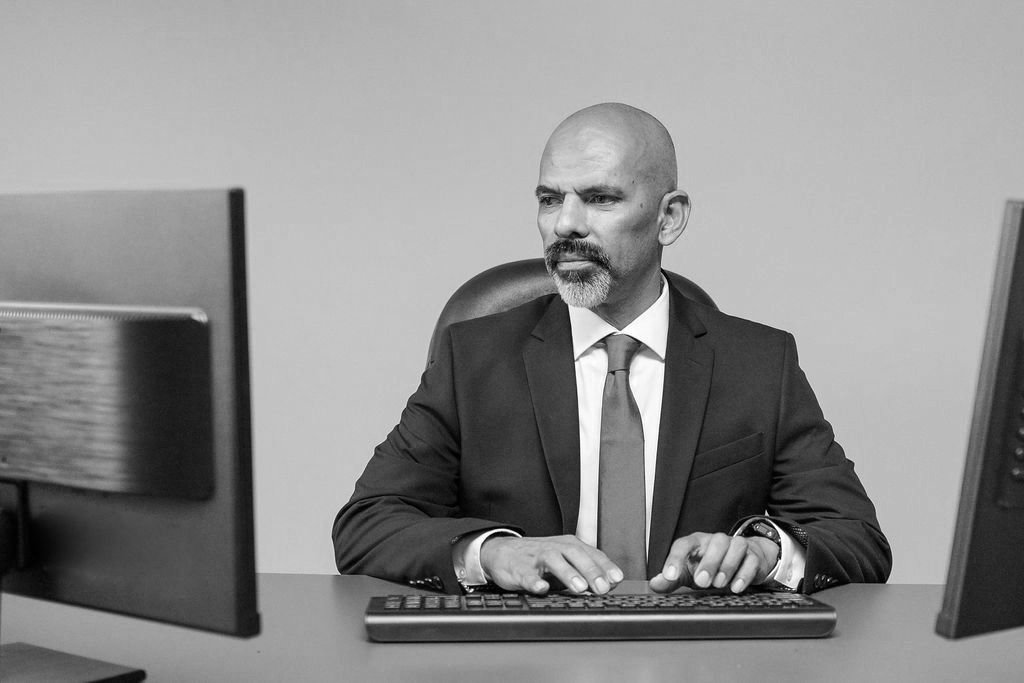In an age marked by rapid technological advancements and evolving security threats, the question arises: Is traditional classroom training still relevant for executive protection professionals? As the landscape of personal security shifts, the methodologies that once dominated training programs are under scrutiny. On one hand, the structured environment of a classroom fosters critical interpersonal skills and collaborative learning; on the other, the dynamic nature of modern threats may call for more adaptive, on-the-ground training methods.
This juxtaposition invites a deep dive into the effectiveness of conventional education versus innovative approaches, as we explore how executive protection specialists can best prepare for the complexities they face in today’s world. Are we clinging to an outdated framework, or do the foundational principles of classroom training still hold vital relevance in shaping adept security professionals? The answer may not be as straightforward as it seems.
The Evolution of Executive Protection Training Methods

The landscape of executive protection training has transformed dramatically over the past few decades, transitioning from rigid, traditional classroom settings to more dynamic, immersive formats that emphasize real-world application and adaptability. Initially, training relied heavily on theoretical knowledge imparted through lectures and textbooks, often leaving participants ill-prepared for the unpredictable nature of actual protective situations.
However, as the profession has evolved, so too have the methodologies, incorporating advanced simulations, scenario-based exercises, and even virtual reality environments that challenge trainees to think critically and respond instinctively. This shift not only acknowledges the complexities of modern threats but also recognizes the importance of hands-on experience and collaborative learning.
As a result, todays executive protection professionals find themselves navigating a more varied and engaging educational landscape, one that blends technical skills with the psychological resilience needed to operate in high-stakes scenarios.
The Role of Technology in Executive Protection Training

In the evolving landscape of executive protection training, technology plays a transformative role that continues to reshape methodologies and enhance learning experiences. Virtual reality simulations allow trainees to immerse themselves in realistic, high-stress scenarios that would be difficult to replicate in traditional classroom settings, providing opportunities for immediate feedback and skill refinement.
Moreover, advanced surveillance tools and software teach professionals how to analyze real-time data, sharpen situational awareness, and react with precision to potential threats. Beyond simulations, e-learning platforms offer flexibility, enabling practitioners to engage with instructional content from anywhere at their convenience.
This hybrid approach not only caters to diverse learning styles but also accommodates the demanding schedules of today’s security professionals, ensuring they remain adept in a world where technology and risks are dynamically intertwined. As a result, the integration of technology into training programs cultivates a more responsive and well-prepared cadre of executive protection experts, ultimately elevating the standards of safety and security.
The Future of Executive Protection Training: Trends and Predictions

As we look ahead, the landscape of executive protection training is poised for remarkable transformation. Traditional classroom settings, while foundational, are increasingly complemented by innovative approaches that leverage technology—virtual reality simulations, interactive online modules, and hybrid learning environments are rising to prominence.
With the rapid advancement in threat environments and the evolving expectations of high-profile clients, training programs must adapt swiftly, merging real-world scenarios with cutting-edge techniques. Experts predict a greater focus not just on physical security skills, but also on soft skills such as emotional intelligence and cultural awareness, crucial for navigating complex social dynamics.
As trainers embrace these shifts, the future promises a more dynamic, nuanced paradigm—one that prepares professionals not merely to react, but to anticipate and engage with unpredictable challenges in an ever-changing world.
Conclusion
In conclusion, while the landscape of executive protection training continues to evolve with advancements in technology and a shift towards online learning, traditional classroom training still holds significant relevance for professionals in the field. The interactive and immersive environment of in-person training fosters essential skills, promotes teamwork, and allows for real-time feedback that is often difficult to replicate in a virtual setting.
As executive protection professionals navigate increasingly complex challenges, the foundational knowledge and practical experiences gained through traditional classroom settings remain invaluable. Ultimately, a balanced approach that integrates both traditional and modern training methods may provide the most comprehensive preparation for those tasked with safeguarding high-profile individuals in todays dynamic world.


